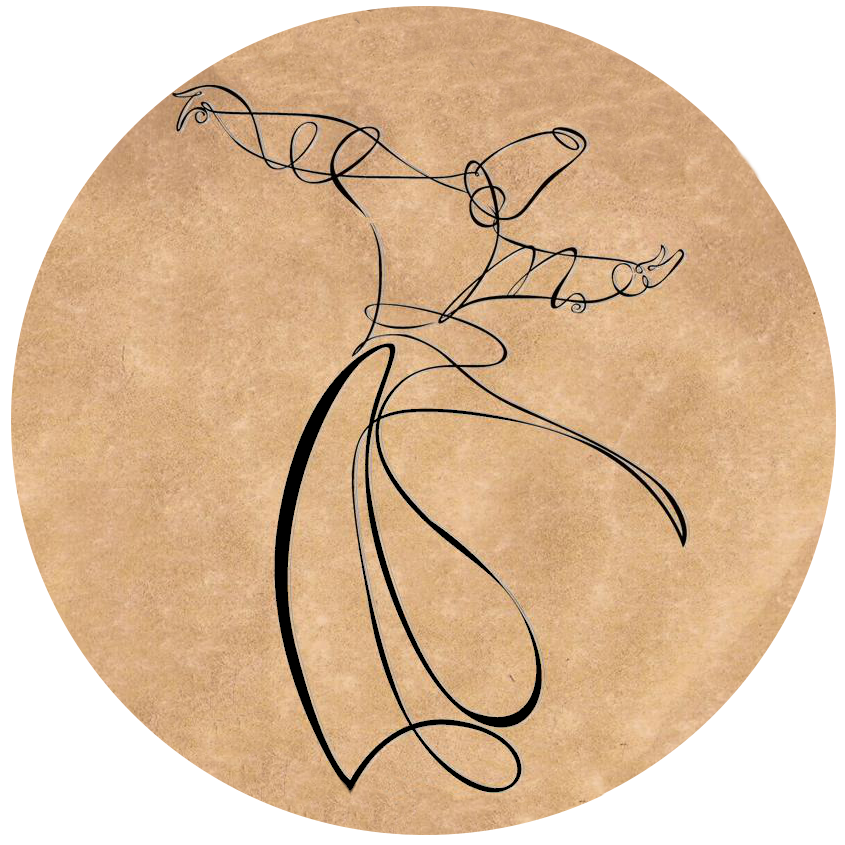P.O. Box 41, 4000 Dundas Street West, Toronto, ON M6S 2T7
Statement made at UNHRC 26th Session June 16, 2014
United Nations Human Rights Council: 26th Session (10th – 27th June 2014)
High-level panel discussion on the identification of good practices in combating FGM, Monday 16th June 2014, Speaker: CfI Representative, Raheel Raza
FGM: Culture or Religion is no Excuse[1]
Female Genital Multilation (FGM) is a practice often upheld by a number of cultural and religious traditions[2] as well as individuals with social standing, such as traditional or religious leaders, elders, and circumcisers[3].
But social and cultural claims cannot be invoked to justify the practice. For example, freedom to manifest one’s religion or beliefs is subject to limitations necessary to protect the fundamental rights and freedoms of others[4].
FGM stands in diametric opposition to an understanding of human rights. When performed on girls it constitutes a violation of the rights of the child, specifically the child’s right to “enjoyment of the highest attainable standard of health”[5]. The practice also violates the rights to health, security and physical integrity of the person. The UN Committee on torture has described FGM as amounting to torture and cruel, inhuman or degrading treatment or punishment[6].
Since the factors involved in perpetuating FGM are often grounded in social, cultural and traditional conventions supported and promoted by local communities, legal prohibition of FGM on its own will be insufficient.
We therefore encourage state laws and international regulations against the practice be complemented by education and public awareness-raising activities. Information campaigns must be implemented in order to educate and mobilize public opinion against FGM and more needs to be done at the international level to encourage exchange of information and good practice.
We urge the Council to make clear and stress that culture, religion and tradition cannot be used to defend the practice of FGM and accordingly the undermining of the well-established rights of women and girls.
———————————————————–
[1] With permission, this statement is based on the written statement submitted by the International Humanist and Ethical Union, See: A/HRC/26/NGO/39.
[2] Although the practice pre-dates Christianity and Islam, in some communities FGM has been upheld by beliefs associated with religion, and has acquired a religious dimension that is frequently cited as the reason for its use. See http://www.endfgm.eu/en/female-genital-mutilation/what-is-fgm/why-is-it-practised/
[3]WHO, 2008. in some communities FGM has been upheld by beliefs associated with religion, and has acquired a religious dimension that is frequently cited as the reason for its use, see http://www.endfgm.eu/en/female-genital-mutilation/what-is-fgm/why-is-it-practised/
[4] ICCPR, article 18.3; UNESCO, 2001, “UNESCO Universal Declaration on Cultural Diversity”, article 4.
[5] http://www.ohchr.org/en/professionalinterest/pages/crc.aspx
[6] http://www.endfgm.eu/en/news-and-events/news/press-releases/legislation-against-fgm-not-sufficient-says-un-special-rapporteur-on-torture-0053/
Archives
- April 2025
- March 2025
- January 2025
- August 2024
- January 2024
- August 2023
- February 2023
- October 2022
- September 2022
- August 2022
- July 2022
- January 2022
- July 2021
- June 2021
- March 2021
- January 2021
- December 2020
- September 2020
- August 2020
- July 2020
- June 2020
- April 2020
- March 2020
- October 2019
- July 2019
- June 2019
- May 2019
- April 2019
- March 2019
- October 2018
- September 2018
- August 2018
- July 2018
- May 2018
- April 2018
- March 2018
- February 2018
- January 2018
- December 2017
- November 2017
- October 2017
- September 2017
- August 2017
- July 2017
- June 2017
- May 2017
- March 2017
- February 2017
- January 2017
- December 2016
- November 2016
- October 2016
- September 2016
- August 2016
- July 2016
- June 2016
- May 2016
- March 2016
- February 2016
- January 2016
- December 2015
- October 2015
- September 2015
- August 2015
- July 2015
- June 2015
- April 2015
- March 2015
- February 2015
- January 2015
- December 2014
- November 2014
- October 2014
- September 2014
- August 2014
- July 2014
- June 2014
- May 2014
- April 2014
- March 2014
- February 2014
- January 2014
- December 2013
- November 2013
- October 2013
- September 2013
- August 2013
- July 2013
- June 2013
- May 2013
- April 2013
- March 2013
- February 2013
- January 2013
- November 2012
- October 2012
- September 2012
- August 2012
- July 2012
- June 2012
- May 2012
- March 2012
- February 2012
- January 2012
- December 2011
- October 2011
- September 2011
- August 2011
- July 2011
- June 2011
- March 2011
- January 2011
- December 2010
- October 2010
- September 2010
- August 2010
- July 2010
- January 2010
- April 2009
- March 2009
- December 2008
- November 2008
- October 2008
- March 2008
- February 2008
- July 2007
- March 2006
- May 2004
- December 2003
- June 2003
- January 2003
- February 212









